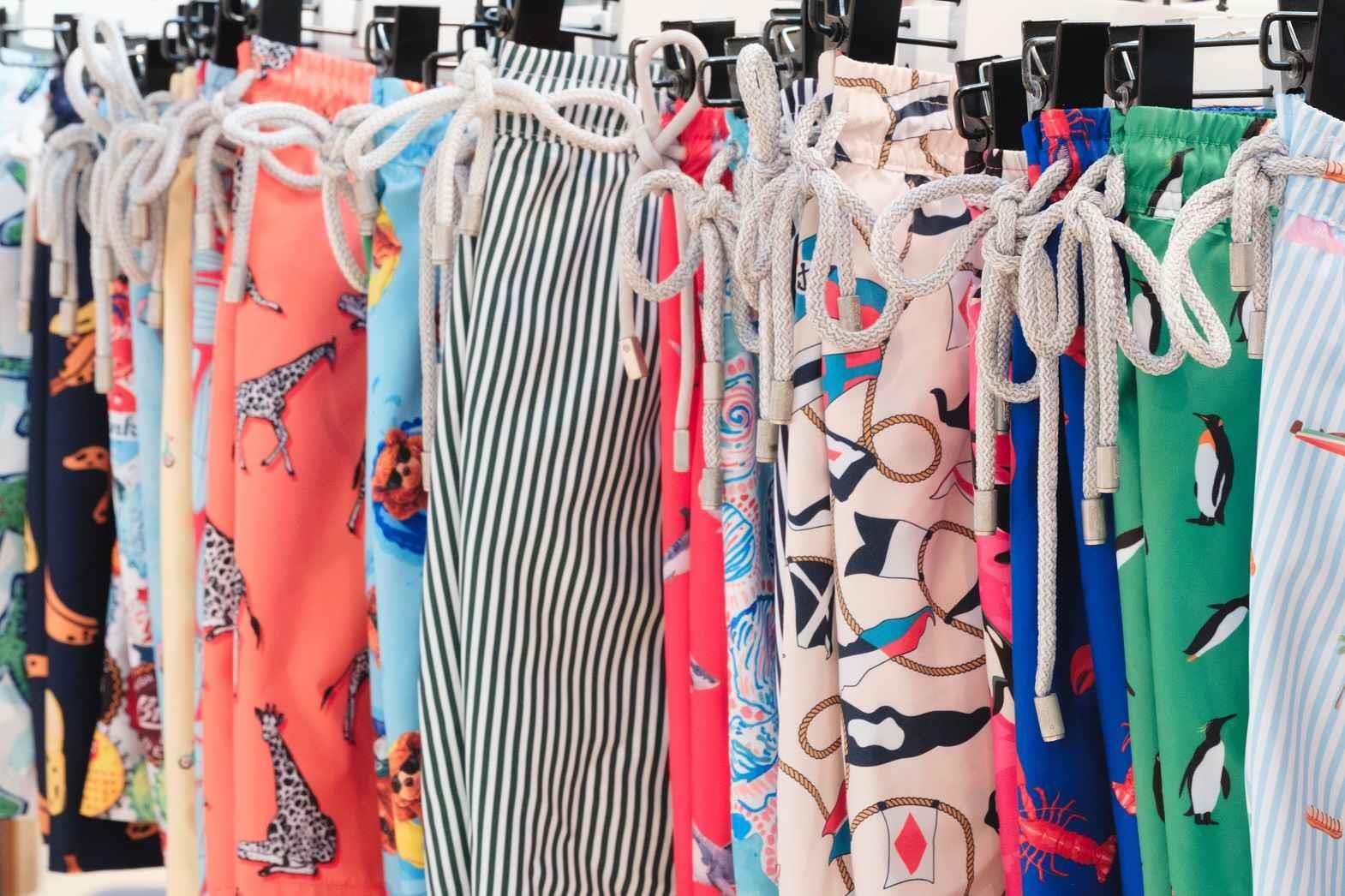Men’s swim briefs have moved from virtually non-existence to performance, durability and style in recent times. The first briefs appeared on the market over 100 years ago as a way of preserving modesty and dignity in public and have since moved on to features like protection and great looks. Let’s explore swim briefs for men in detail.
The Ancient Times
Men were bathing in public during Roman times. Most classical paintings depict nude swimmers enjoying their time in the water. It is thought this went on for some time until some cultures set garments that swimmers should wear during their time in water. However, this was just a garment to cover the essentials. A good example is the Japanese male fundoshi. Other options were just loincloths held together at the waist.
18th and 19th Centuries
Despite the appearance of loincloths, there was no ban on nude swimming until about the mid-19th century, except one. The Bath Corporation forbade males over 10 from bathing naked in 1737. The UK banned naked swimming in 1860.
This development directly led to the mass appearance of male briefs. Early styles were rather shabby and looked more like traditional undergarments. They were made from wool knitted into a pair of shorts. However, they were not streamlined and felt very clumsy. Besides, wool absorbed lots of water and made them quite heavy.
Early 1900s
Synthetic materials such as rubber and nylon entered the market in the early 1900s. They were key in creating lightweight suits and offering better protection from the effects of prolonged stays in water. Around 1910, swimmers donned tank suits that were mostly made for modesty.
Swim briefs went from the shoulders to the knees. They were more swimsuits than briefs. They also covered the arms, giving users a rather clean-cut look.
1920s to 1940s
In the early 1920s, swim briefs lost their sleeves and looked more like tank tops. The shorts also got shorter and looser, which gave the user much more freedom to move their legs.
By the 1930s, men were more used to staying bare-chested. Therefore, tops went out of style. The new swim briefs for men were itty-bitty shorts streamlined according to body shape. It was now common to see men walk shirtless to beaches and pools.
1950s to 1970s
Briefs only got shorter and tighter in the 1950s and 1960s. Garment-making companies also started experimenting with nylon and rayon as the premier materials for briefs. These materials dried quickly and they felt comfortable when they incorporated spandex.
In the 70s, men embraced funkier styles and bolder prints than earlier. These pieces also came in the form of brief suits, where the tops looked like the pants. Towards the end of the decade, boxers got roomier and looser, a style that went on until the late 1980s.
1990s
Hawaiian-print trunks became all the rage in the 1990s. They paired well with the legendary pookah shell necklaces. Interestingly, the solid- coloured loose shirts of the early 1920s were again all the rage in the 1990s. They had bolder prints, funkier patterns and shorter helms.
2000s and Beyond
In the early 2000s, beaches were hit by the popular Brazilian-style Sunga Suit. This style became popular beachwear for gentlemen. It featured a low-cut design and various colours. It is still a favourite for some men over 20 years down the line.
Since 2010, the market has been awash with different styles, based on the needs of the user. There are those who prefer swim trucks that offer speed and smoothness when in the activity, while others offer a loser, boxer-style experience. Trucks are now made of different materials, ranging from polyesters, nylon, polyamide and blends of cotton.




20240705095745.jpg)










Comments